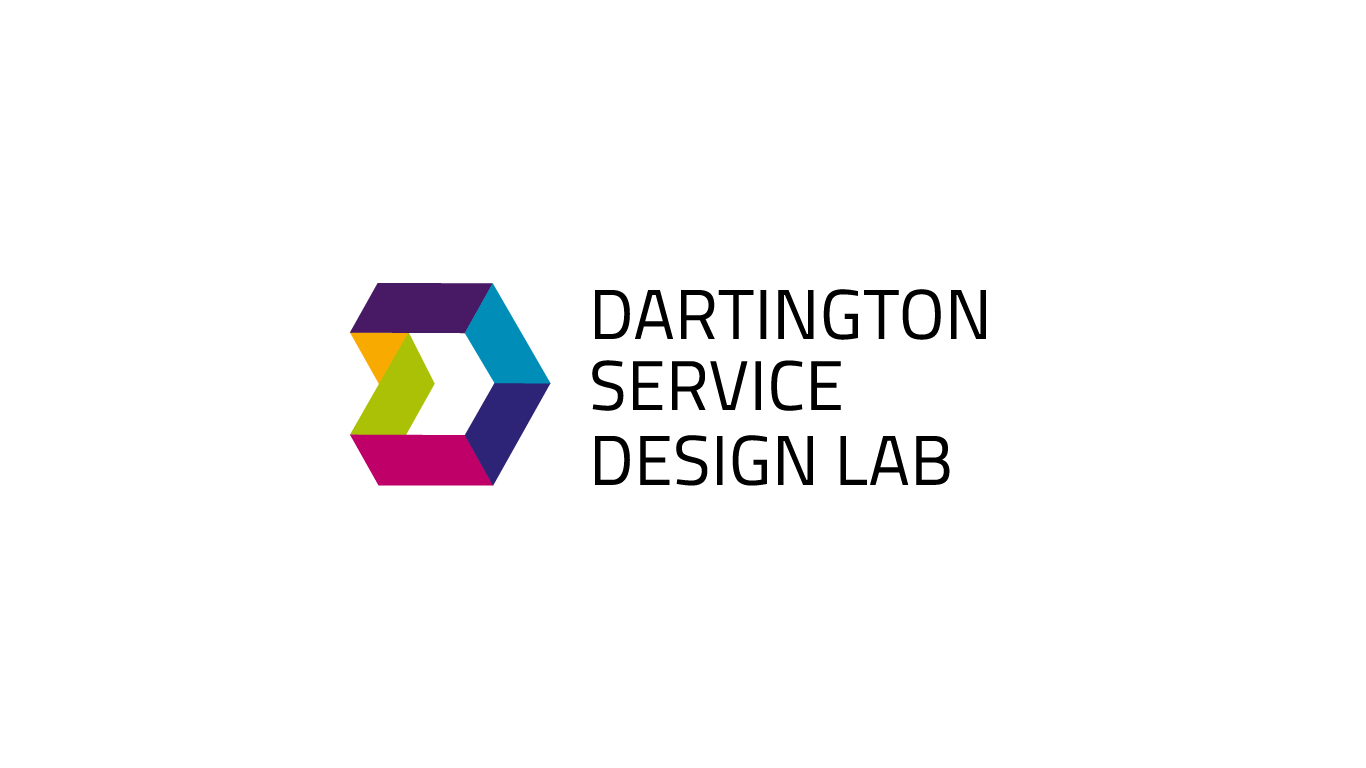IDE’s (interactive development environments)#
This section will provide you with information on the recommended IDE’s to use with the Python and R programming languages. Here we will cover their installation, setup and basic use.
Python#
Visual Studio Code#
VS Code is a robust IDE for working in Python. It has a wide variety of extensions that support python programming and integration with other languages and tools.
Installation#
The easiest way to install VS Code is directly from the website https://code.visualstudio.com/Download
Setup#
When you start using VS Code you will want to install some core extensions for working with Python. These are:
Python (which should also install Pylance)
Jupyter (which will install several related Jupyter extensions)
Basic usage#
Start by opening the folder for the project you are working on. This might be a git repo or an empty project folder
Setup a virtual environment. Virtual environments make it easier to manage the package dependencies for a project during development and deployment
To initialise a new virtual environment:
Ensure you have opened the project folder you are working on. The virtual environment data (.venv) will be stored here
Open a new terminal in VS Code by going to the tool bar at the top, clicking on ‘Terminal’, then selecting ‘New Terminal’ from the dropdown. This will open a new terminal at the bottom of the window
Open the command palette by pressing cmd + shift + P
The command palette will open at the top of the window
Start typing ‘Python: Create Environment’ and select this option
From the dropdown select the environment type venv
Select a Python interpreter version
You will see in the terminal that the current location is preceded by (.venv)
To initialise an existing virtual environment
Open the project folder (likely a git repo you have cloned)
Open a new terminal in VS Code by going to the tool bar at the top, clicking on ‘Terminal’, then selecting ‘New Terminal’ from the dropdown. This will open a new terminal at the bottom of the window
In the terminal type
source 'name_of_virtual_environment'/bin/activatethe name of the virtual environment will likely be venv unless otherwise specifiedOpen the command palette by pressing cmd + shift + P
The command palette will open at the top of the window
Start typing ‘Python: Select Interpreter’ and select this option
From the dropdown select the Python interpreter specified in the virtual environment. This can be found in the ‘name_of_virtual_environment’/bin folder
Installing packages in your virtual environment
To install new packages to your virtual environment simply go to the terminal and type pip install ‘package_name’
The package name to be used at installation can easily be found by googling something like ‘Python pip install pandas’
You can also specifiy a specific version of a package if necessary otherwise the latest stable version compatible with you version of Python should be installed
Resources#
VS Code Python tutorial https://code.visualstudio.com/docs/python/python-tutorial
R#
R base and R Studio#
Installation#
To you R with R Studio, you need to first install R base then install R Studio. R Studio will then automatically locate R base if installed in this order.
Go to https://cran.r-project.org/bin/macosx/, download the base R version suitable for your Mac chipset, either Intel or M1/M2 and install
Go to https://posit.co/download/rstudio-desktop/, download R studio and install
Setup#
R Studio should work straight out of the box. It has a built in package manager function that allows you to easily install packages such as shiny, tidyverse, psych, dplyr, ggplot etc.
Basic usage#
The main thing to note when using R is to ensure that you set your working directory. This is done using the setwd() function or can be manually set within the IDE in the file explorer.
Resources#
The R for healthcare website which has useful information on getting started with R and R studio https://rforhealthcare.org
